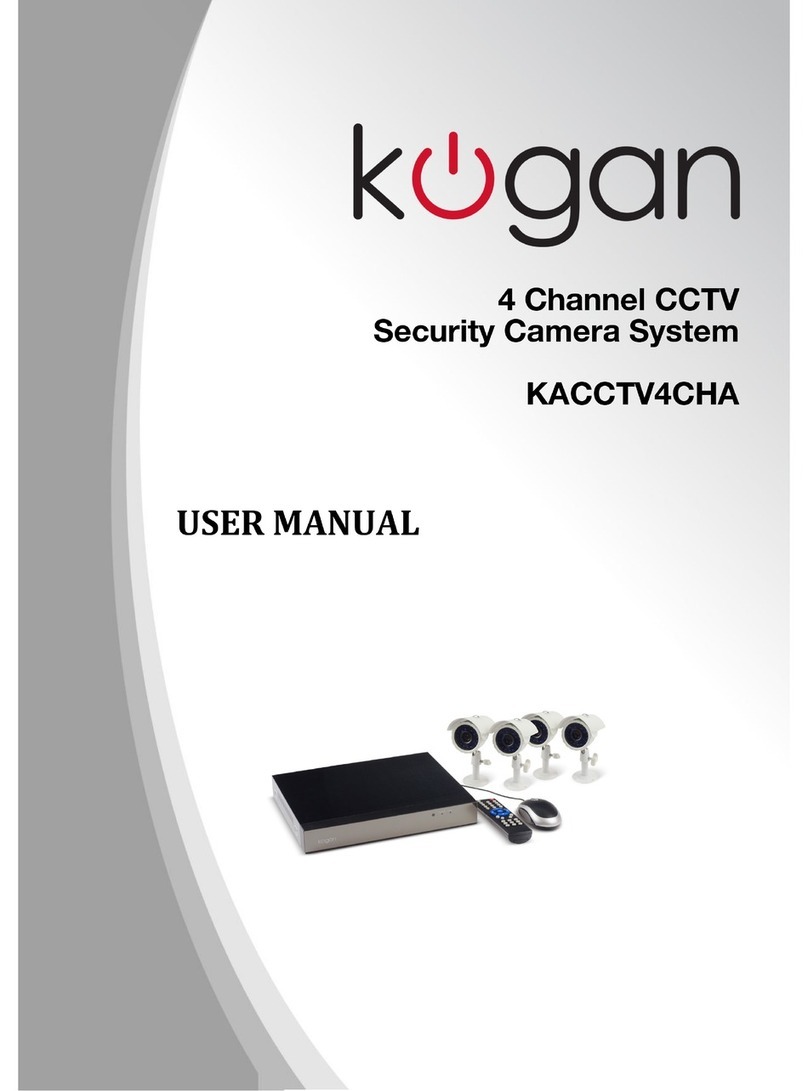Table of Contents
Specifications..........................................................................................................................1
Product Overview..................................................................................................................3
Installation...............................................................................................................................5
System Function....................................................................................................................8
Video Mana ement...............................................................................................................11
Network Setup......................................................................................................................19
PTZ Setup..............................................................................................................................24
Recordin ..............................................................................................................................25
Playback................................................................................................................................28
Video Backup.......................................................................................................................29
Alarm.......................................................................................................................................31
General Setup.......................................................................................................................32
Maintenance and Mana ement........................................................................................36
Web Access..........................................................................................................................44
E-see Net Access.................................................................................................................45
Mobile Access.......................................................................................................................47
Appendix................................................................................................................................51
Specifications
WIRELESS NVR SPECIFICATIONS
Model K9604-W
Video input 4ch D1/960H720P/960P/1080P
HDMI Output 1ch,Resolution: 1024x768, 1280x1024,1366x768, 1440x900, 1920x1080
VGA Output 1ch. Resolution: 1024x768,1280x1024,1366x768,1440x900,1920x1080p
Resolution D1/960H/720P/960P/1080P
Playback 4ch
Recordin Manual, time, motion detection, alarm
Stora e 1 SATA
Stora e capacity 6TB maximum per HDD
Network interface 1 RJ45 10M/100M, 2 Wi-Fi connectors
USB interface 1 USB2.0
Audio interface 3.5 inch headphone jack (Optional)
Power consumption ≤5W
Workin temperature -10℃+55℃
Workin humidity 10%--90%RH
Dimensions (mm) 258mm×210mm×42mm
Power consumption ≤5W
Power DC 12V 2A
1





























